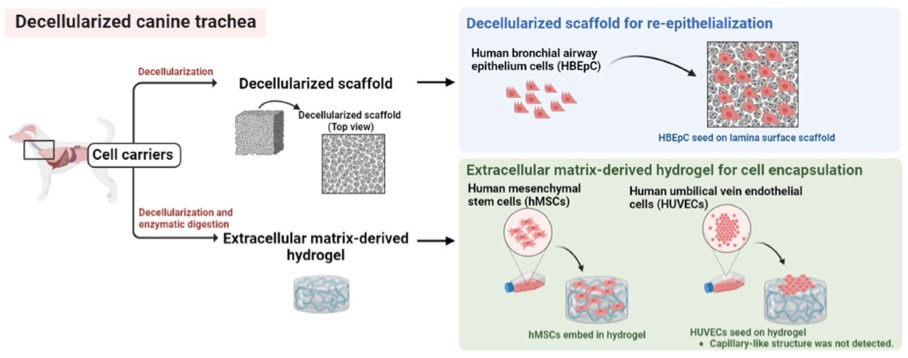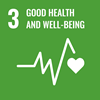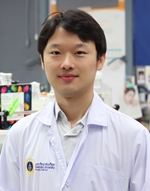Tissue-based treatments, involving the cultivation of patient cells on a network of extracellular matrix (ECM) from donor tissue, hold promise for restoring tracheal structure and function without eliciting an immune reaction. In this study, we utilized decellularized canine tracheas as tissue models to develop two types of cell carriers: a decellularized scaffold and a hydrogel. Our hypothesis posits that both carriers, containing essential biochemical niches provided by ECM components, facilitate cell attachment without inducing cytotoxicity. Canine decellularized tracheae were used to prepare two different cell-carrier systems: scaffold and hydrogel. The scaffold was utilized for seeding human bronchial airway epithelium cells (HBEpCs) on the luminal surface, while the hydrogel was used for encapsulating hMSCs and seeding human umbilical vein endothelial cells (HUVECs). The extracellular matrix-rich cell scaffolds provided a biological niche for re-epithelial lining. hMSCs and HUVECs showed remarkable viability in and on the hydrogel, respectively.

Reference
Sompunga P, Rodprasert W, Srisuwatanasagul S, Techangamsuwan S, Jirajessada S, Hanchaina R, Kangsamaksin T, et al. Preparation of Decellularized Tissue as Dual Cell Carrier Systems: A Step Towards Facilitating Re-epithelization and Cell Encapsulation for Tracheal Reconstruction. Ann Biomed Eng. 2024;52(5):1222–39.
| Relevant SDGs | |
|---|---|
 |
|
| BC investigator | |
 Assoc. Prof. Thaned Kangsamaksin Assoc. Prof. Thaned Kangsamaksin |

